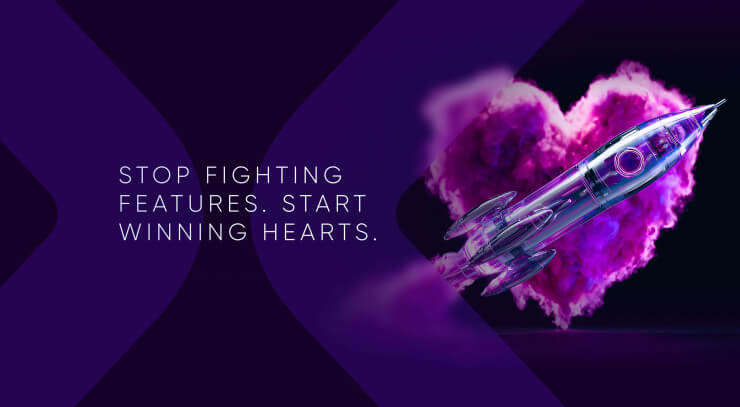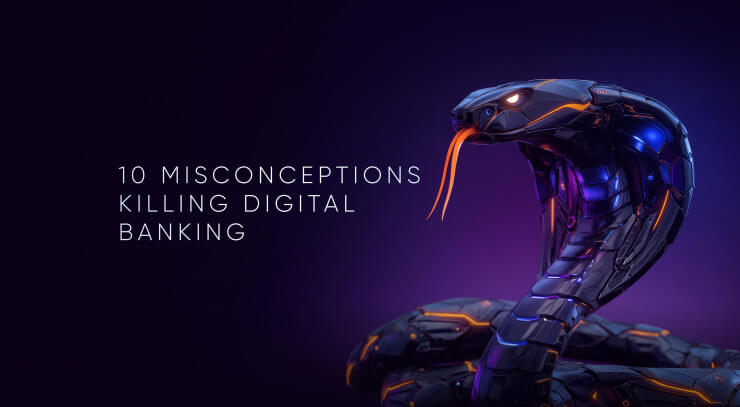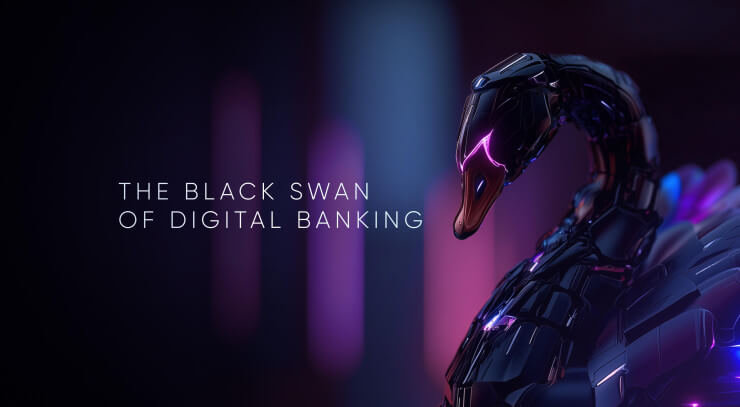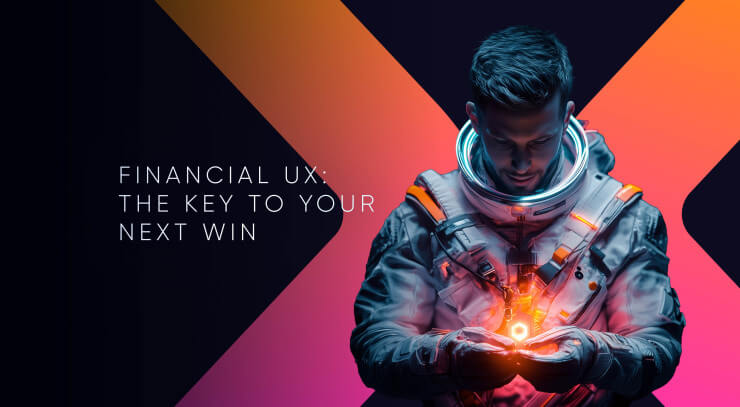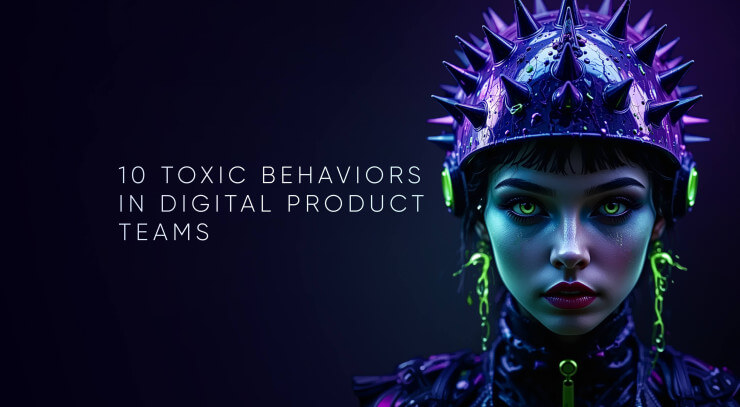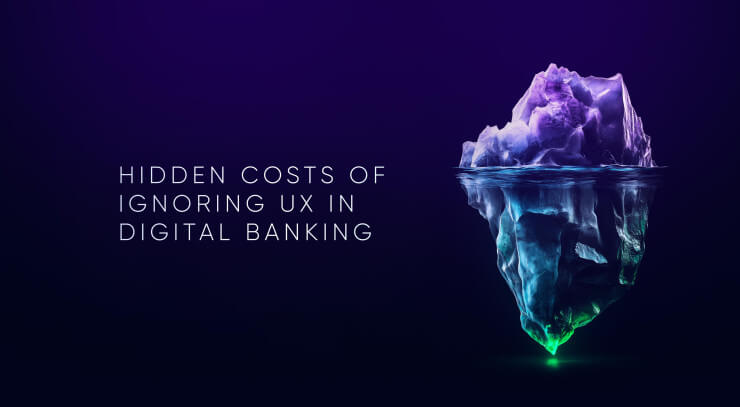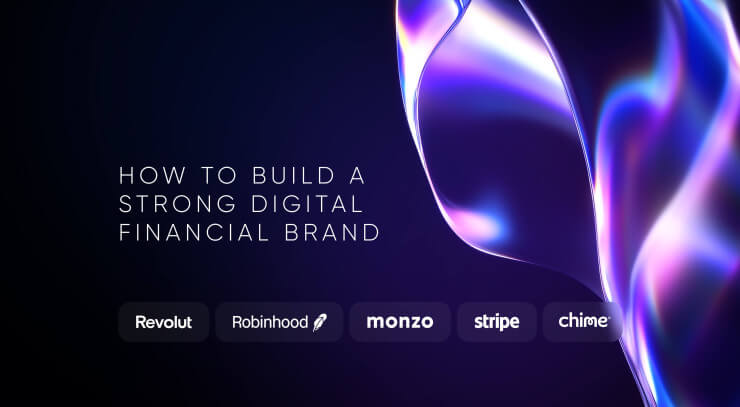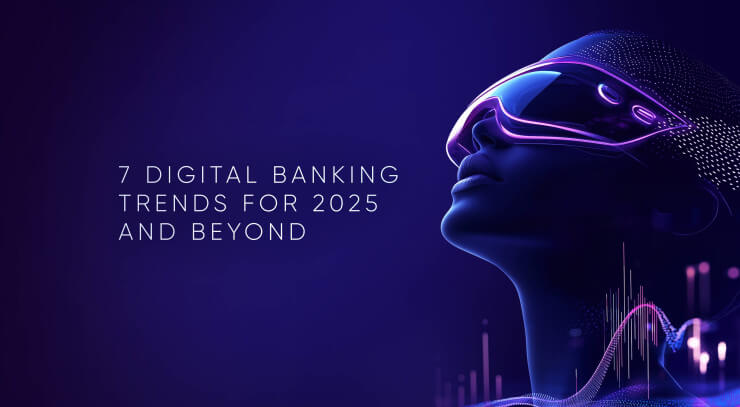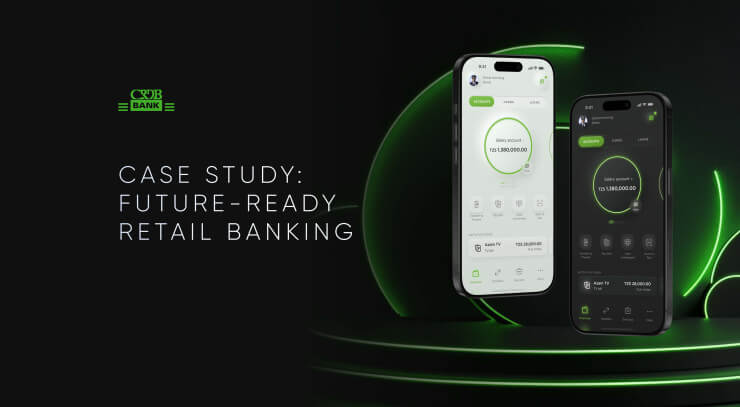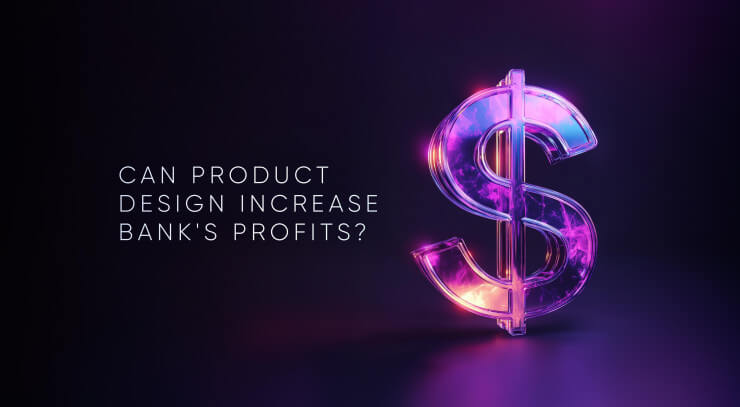What is the future of banking and how does it depend on UX design?
This is a hypothetical question. To define the future of banking, we need to analyze the current trends in the financial industry. There are multiple and dramatic speculations on what awaits the banking sector in the next decade, but, from a customer’s perspective the only answer to "Is digital banking the future?" is "Yes.", because it is clear for everyone that our future will be digital, cashless and personalized.
Instead of asking "Why digital banking is the future?" we have to admit that the future of banking technology is already here, and we can see more and more disruptive solutions from Fintechs. Open banking topples the monopoly of banks and gives Fintechs access to customer data across the whole industry. This will generate a huge amount of Big Data that will be utilized by highly skilled financial AI designers. Such future artificial intelligence in banking will deliver personalized solutions, offers and suggestions to customers helping to manage their finances on a new level.
There is no separate future of business or community banking, or even a future of transaction banking, because the future of banking in general will rely heavily on the digital experience provided to its customers. This will result in huge competition, global delivery and thousands of customized digital initiatives in banking. We are looking at a world of endless opportunities due to disruptive banking technology, a tough digital world ruled by customers.
Check out the best UXDA articles about the future of banking.
Outcompete the Financial Industry: Generic Apps Compete on Features—Winners Compete on Feelings
Financial brands have long competed on speed, safety, and features—but real loyalty comes from emotion, not functionality. As expectations shift from efficiency to feeling, the winners will be those who design relationships, not just interfaces. This article shares 10 principles to turn financial apps into emotionally engaging growth engines.
Fatal Delusions: 10 Misconceptions Killing Digital Banks From Within
This article reveals ten dangerous myths that threaten traditional banks from within. Drawing lessons from the downfall of companies like Kodak and Nokia, it shows how internal misconceptions — not external competitors — can be the real cause of failure in the digital age.
The Black Swan of Digital Banking: How Tech Shifts Disrupt Finance
Discover how digitalization blindsided traditional banks, transforming customer expectations overnight. This article explores why tech shifts like mobile and AI are “Black Swan” events—and what banks must do to stay relevant in a disrupted world.
AI Gold Rush: 21 Digital Banking AI Case Studies in CX Transformation
This article explores how 2024 became the breakthrough year for AI in banking—no longer a future experiment, but a strategic powerhouse reshaping digital customer experience. Discover how leading banks are using AI to unlock deeper personalization, smarter self-service, and faster, more human-centric digital interactions.
Transform Financial CX or Lose Product Success: 2026 Leaves No Room for “Good Enough” Banking
In a saturated market, product features alone no longer win hearts—or users. Financial User Experience (UX) has become the game-changer that defines product success or failure. This article uncovers how strategic UX design drives adoption, loyalty, and breakthrough growth for financial products.
Culture of Innovation in Banking: Eliminate 10 Toxic Behaviors in Digital Product Teams
In digital finance, many banks face a hidden barrier: dysfunctional team dynamics. Common fixes miss the root cause—toxic behaviors that block innovation and user-centered design. Discover what these toxic behaviors are and how to fix them in UXDA’s latest article.
The Hidden Cost of Inaction in UX and Digital Banking Branding
For decades, stability was banking’s greatest strength. But in today’s digital-first world, playing it safe with outdated legacy systems and generic white-label solutions isn’t just holding banks back—it’s driving customers away.
UXDA's Framework for Building a Strong Financial Brand in the Digital Age
How can financial brands meet today’s user expectations? UXDA’s Digital Experience Branding Framework offers a practical, actionable tool to help ambitious financial institutions create strong, future-ready digital brands.
7 Ultimate Digital Banking Trends 2025 to Elevate Financial Brands UX
In a world in which anyone can download a banking app, just being digital is no longer a differentiator. The real challenge now is building a brand's digital experience that goes beyond basic functionality—an experience that bridges the financial brand with customers’ values, emotions and long-term aspirations.
CRDB Case Study: Moving from Standard Digital Banking to a Future-Focused Brand in Africa
CRDB Bank, a leading financial institution in Tanzania, recognized the need to transform its outdated mobile app into a cutting-edge solution for the future. By partnering with UXDA, CRDB not only modernized its app but also reinforced its reputation as the bank of tomorrow.
Digital Banking ROI: How Product Design Increases Bank Profits
As the financial industry evolves, digital products will remain central to a bank's identity and perception, making digital product design and UX key elements of banking strategy, brand identity, and profitability.
- 1
- …
- 4
